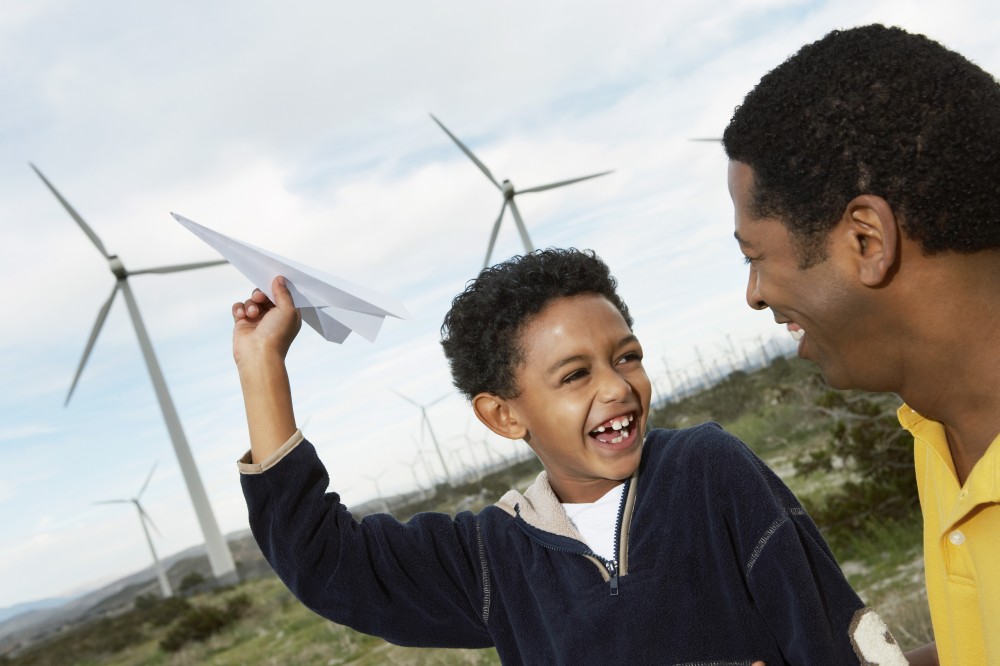Wind power weans us off fossil fuels.

U.S. wind power has more than tripled over the past decade. As of the end of 2018, there were more than 97 gigawatts of installed wind capacity, enough to power 26 million American homes. States like Iowa, Kansas, and Oklahoma get more than 30 percent of their power from wind.
Wind energy plays an important role in fighting climate change and weaning us off fossil fuels. In 2018, wind energy avoided 201 million metric tons of carbon dioxide emissions. It is also one of the lowest-priced sources of energy available today.
Farms and ranches can allow wind power plant owners to install turbines on their properties, which provides additional income to those farmers and ranchers. The wind companies pay rent for having their turbines there. In addition, the wind industry expects to support more than 600,000 jobs in manufacturing, installation, maintenance, and supporting services by 2050.
Sometimes, those who oppose wind power plants raise the issue of whether or not they harm local birds. The fact is, wind turbine technology has evolved enough that projects cause very few bird injuries and deaths, and exponentially more birds are harmed by the effects of nuclear power and fossil fuel power plants.
In 2016, the first commercial offshore wind farm in the U.S. launched operations off the coast of Rhode Island. The Block Island Wind Farm has served as a model to other East Coast states, including New York, of how they can scale with clean energy.